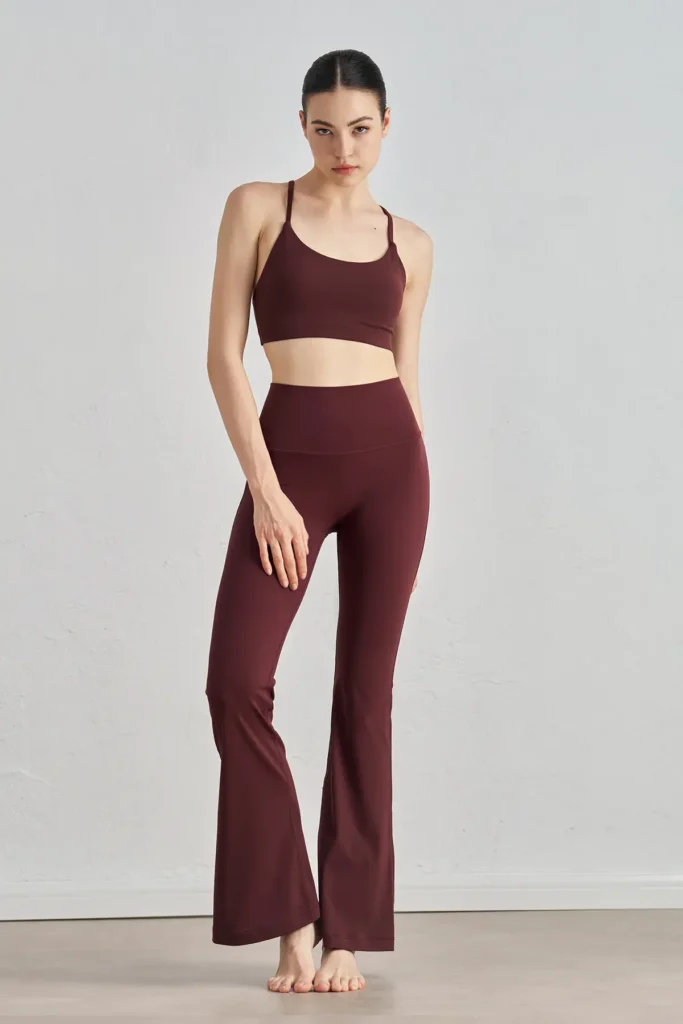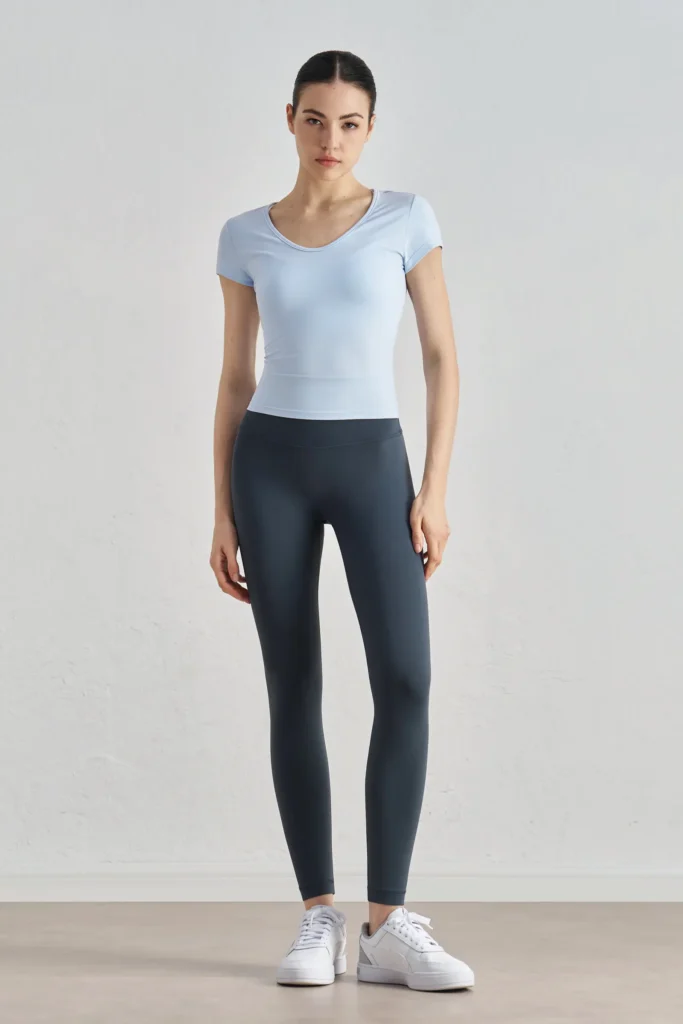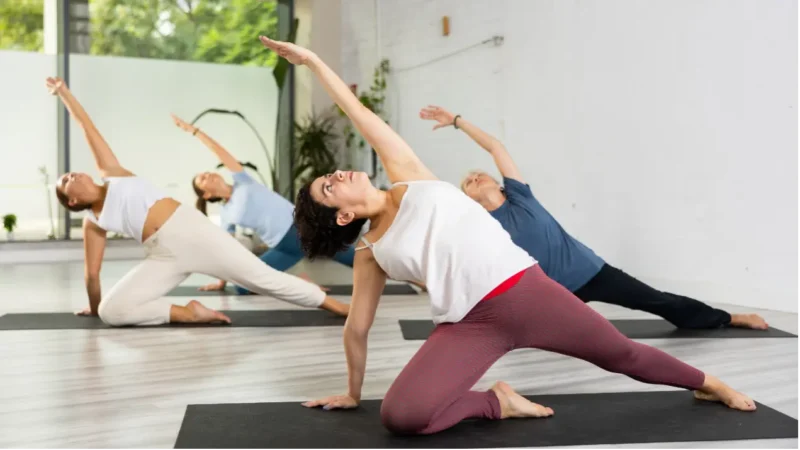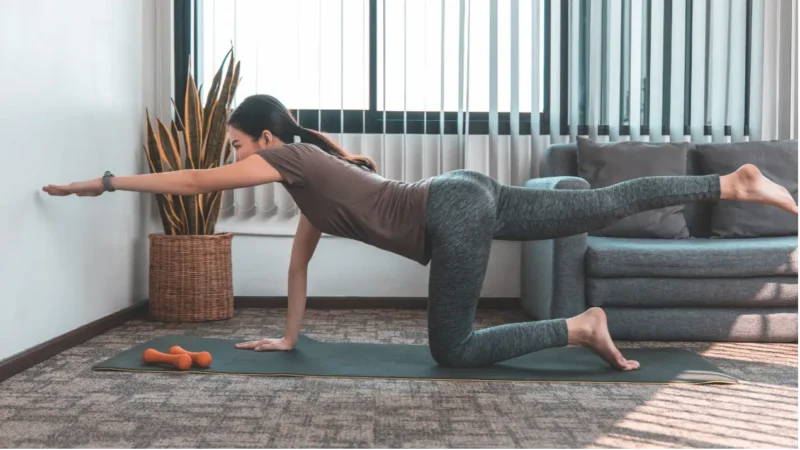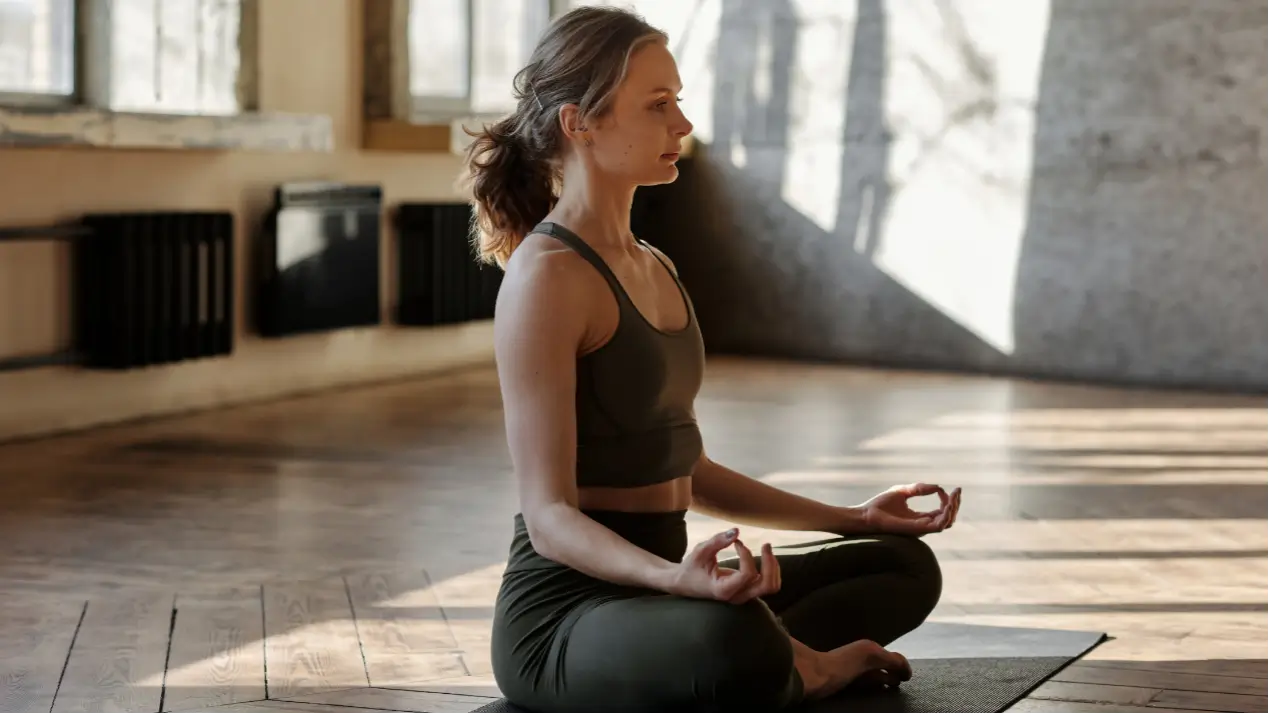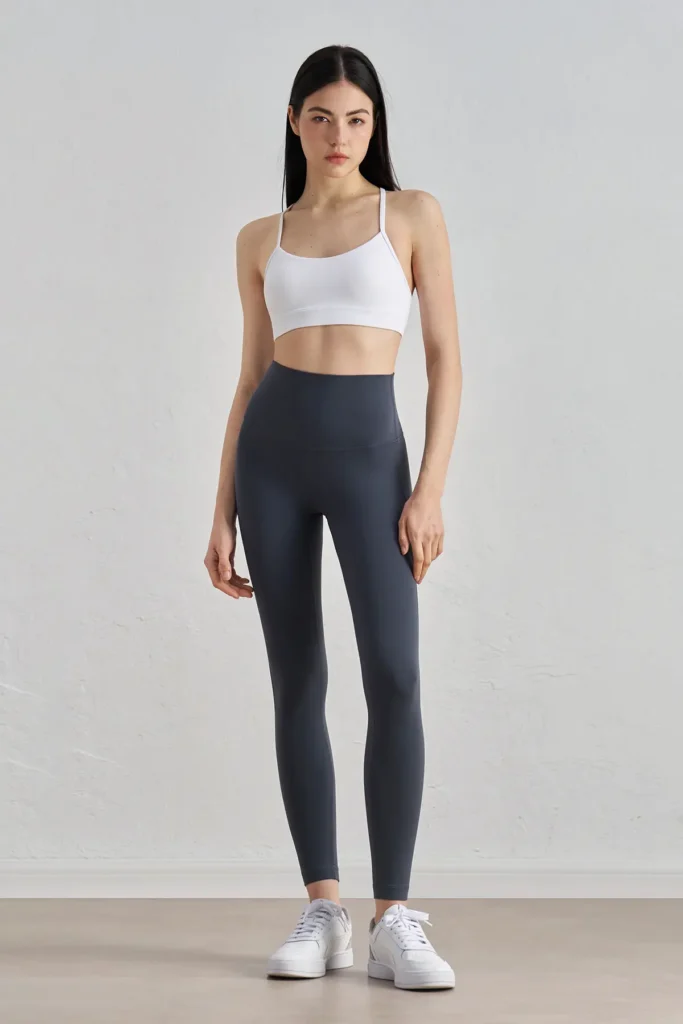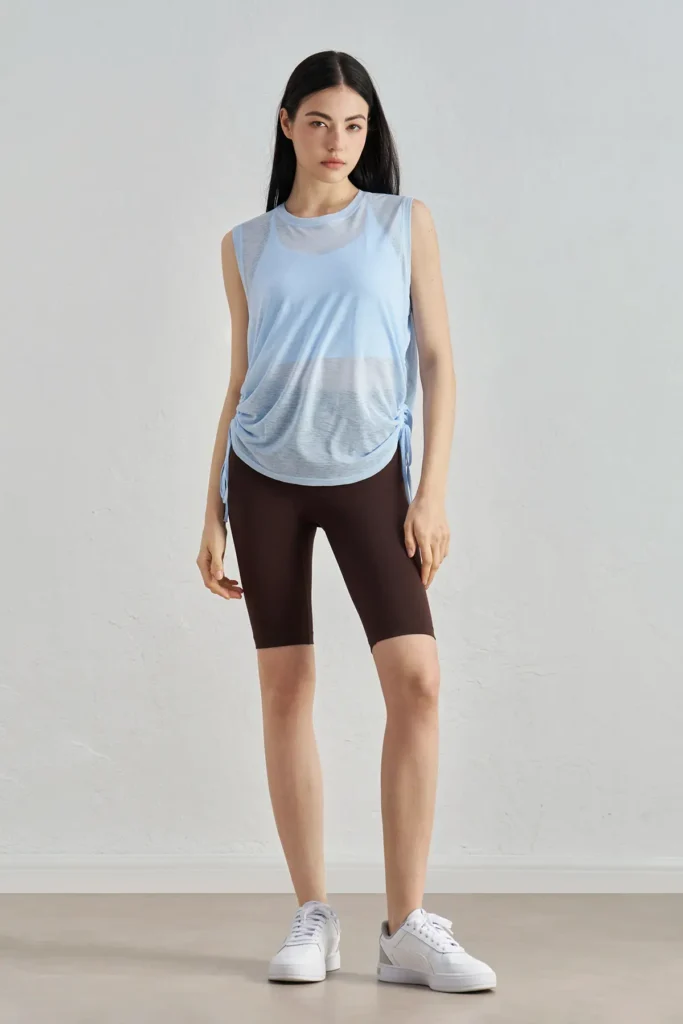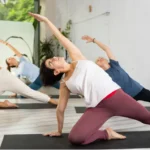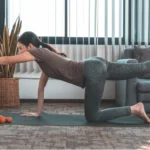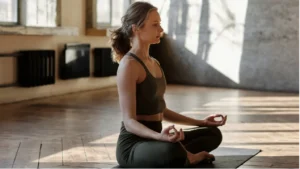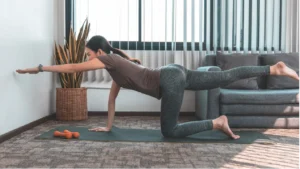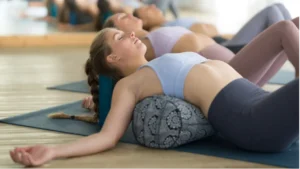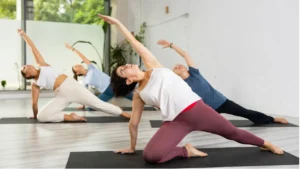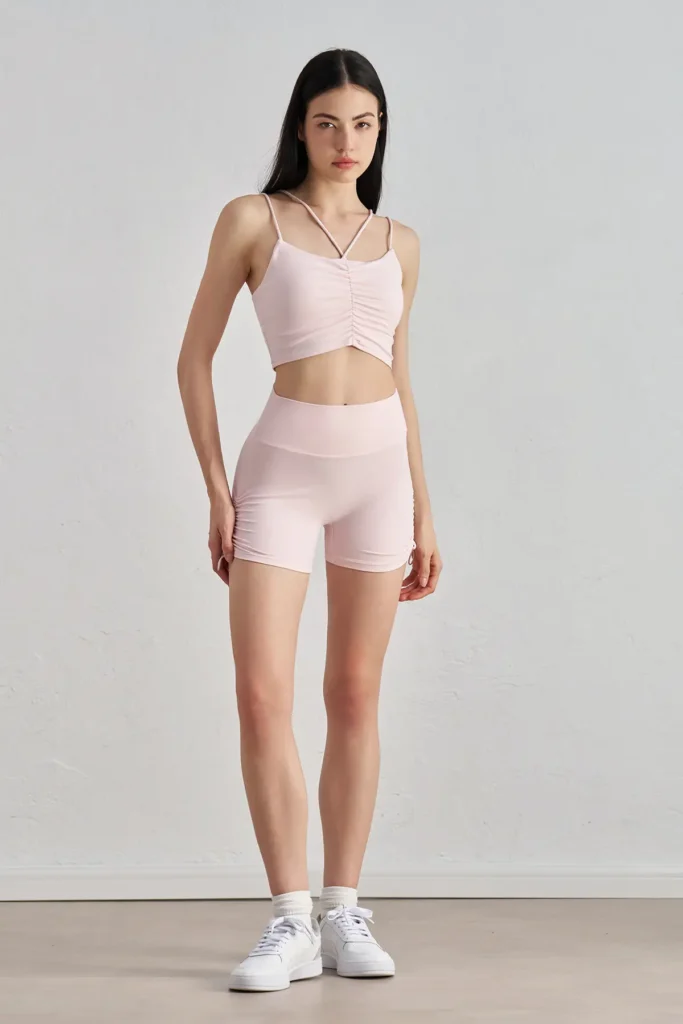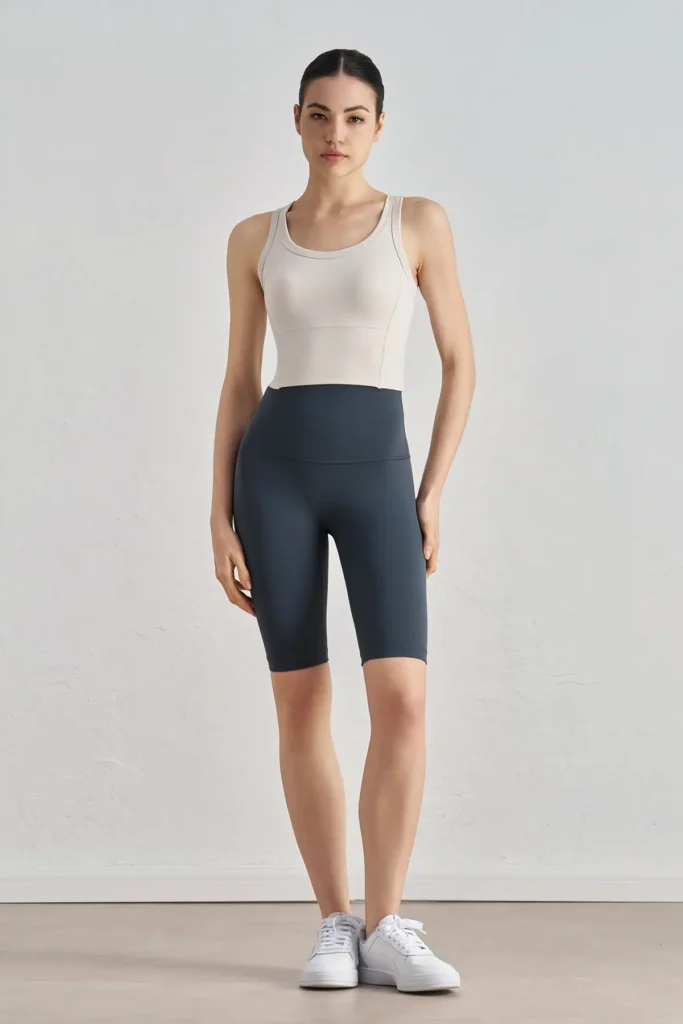Yin Yoga is a gentle, slow-paced style of yoga that emphasizes holding postures for extended periods to stretch and stimulate the deep connective tissues of the body. Unlike other forms of yoga that focus on muscle engagement and movement, Yin Yoga targets the fascia, ligaments, joints, and bones, offering a profound experience of relaxation and flexibility. It invites practitioners to explore stillness, patience, and inner quiet, offering a space to connect deeply with the body and mind.
The Essence of Yin Yoga
Yin Yoga is based on the traditional Chinese medicine concept of “Yin” and “Yang.” In this context, Yin represents the qualities of stillness, rest, and receptivity, while Yang represents action, movement, and strength. Yin Yoga practices embody the principles of Yin energy, focusing on passive postures that encourage relaxation and healing.
In Yin Yoga, each posture is held for several minutes, often anywhere from 3 to 5 minutes, but sometimes even longer. This long hold allows practitioners to access the deeper tissues of the body and allows for the release of tension stored in the joints and fascia. While the practice may seem simple and relaxed on the surface, it can be quite challenging mentally and physically, as it requires patience and a willingness to sit with discomfort.
What to Expect in a Yin Yoga Class
- Long, Supported Holds: The hallmark of Yin Yoga is the long duration of each pose. As opposed to Vinyasa or Power Yoga, where postures flow from one to the next, Yin Yoga requires you to settle into a posture and hold it for several minutes. These long holds allow the body to relax deeply and release tension from the connective tissues.
- Deep Stretching and Flexibility: Yin Yoga focuses on stretching and creating space in the connective tissues, like ligaments and fascia, which don’t get the same attention in more dynamic yoga styles. This practice promotes greater flexibility and joint mobility over time, especially in the hips, lower back, and legs.
- Mindfulness and Meditation: While holding each posture, practitioners are encouraged to focus on their breath and cultivate mindfulness. Yin Yoga is not just about the physical stretch; it is also an opportunity for mental clarity, emotional release, and relaxation. Many practitioners experience deep mental stillness and clarity during a Yin practice.
- Passive Postures: Unlike the more dynamic postures of other yoga styles, Yin Yoga encourages passive stretching. This means that the muscles are allowed to relax, and gravity helps to deepen the stretch. Props such as blocks, blankets, and bolsters are often used to support the body in these postures, making it possible to remain in the poses comfortably for longer durations.
Benefits of Yin Yoga
- Improved Flexibility and Joint Health: Because Yin Yoga targets the deep connective tissues, it helps improve flexibility and joint mobility, especially in areas that tend to be neglected in other types of exercise, such as the hips, spine, and shoulders. Over time, regular practice can lead to greater overall flexibility and improved joint health.
- Stress Reduction and Relaxation: The slow pace of Yin Yoga encourages a deep sense of relaxation. By holding the postures for extended periods and focusing on the breath, Yin Yoga activates the parasympathetic nervous system, which helps lower stress levels, reduce anxiety, and improve sleep quality.
- Emotional Release: Yin Yoga can be deeply transformative on an emotional level. As the body releases physical tension, emotional tension is often released as well. Many practitioners experience a sense of emotional healing, greater self-awareness, and inner peace after a Yin Yoga practice.
- Improved Circulation and Blood Flow: The long-held stretches encourage the movement of energy and blood throughout the body, improving circulation and promoting healing. This helps nourish the connective tissues and allows for better mobility over time.
- Better Mind-Body Connection: Yin Yoga offers an opportunity to cultivate a stronger mind-body connection. The practice encourages mindfulness, teaching you to tune into your body’s sensations and emotions. This practice of stillness creates space for self-reflection, fostering a deeper understanding of yourself.
Who Should Practice Yin Yoga
Yin Yoga is suitable for practitioners of all levels, from beginners to experienced yogis. It is particularly beneficial for those looking to:
- Improve flexibility and joint health.
- Reduce stress and anxiety.
- Recover from injury or illness.
- Develop greater mindfulness and self-awareness.
- Restore balance in their physical and emotional state.
Tips for a Rewarding Yin Practice
- Listen to Your Body: Yin Yoga encourages deep, passive stretching, but it’s important not to force your body into a position. Move into each posture slowly, and only stretch to a comfortable point. You should feel a stretch but not pain. If a pose feels too intense, back off slightly and find a more comfortable edge.
- Use Props for Comfort: To fully relax into the postures, use props like blankets, blocks, and bolsters. These props help to support your body and make the poses more accessible, allowing you to maintain a comfortable position for longer periods.
- Practice Patience and Acceptance: Yin Yoga is all about accepting where you are in your practice and allowing your body to release tension in its own time. Don’t rush through the poses. The longer holds offer a chance to deepen your practice, physically and mentally. Be patient with your body and allow the practice to unfold naturally.
- Focus on Your Breath: Breathing deeply and consciously is essential in Yin Yoga. Use your breath to relax into each pose and to deepen the stretch. The longer you hold a posture, the more important it becomes to remain calm and steady with your breath.
- Stay Present: Yin Yoga is a meditative practice. Use the time in each pose to stay present with your body and your breath. If your mind starts to wander, gently guide it back to the sensation in your body or the rhythm of your breath.
Getting Started with Yin Yoga
If you’re new to Yin Yoga, start by attending a class with an experienced teacher who can guide you in proper alignment and offer adjustments if necessary. Many beginner-friendly classes will provide props and modifications to help you ease into the practice.
As you become more familiar with the poses, you may find that your flexibility improves and your body feels more relaxed and balanced. Yin Yoga is a deeply healing practice, and its benefits extend beyond the physical, offering emotional and mental wellness as well.

